The fair trade movement has always been environmentally conscious. Yet fair trade and environmentally conscious agriculture have for a long time developed separately, without looking for parallels. However, in recent years they have gradually grown closer together and sometimes they merge completely.
The fair trade movement originated in the late 1950s/early 1960s as one of the first modern forms of responsible consumerism. Central to the approach was the desire to build commercial partnerships between buyers and producer organisations around people and planet-friendly goods. This was in complete contrast to the model of industrial agriculture which was expanding rapidly at that time.
Producers in developing countries receive more stable and profitable prices so that they can provide better living conditions for their families and communities. In addition, producer organisations receive a so-called development premium. Some fair trade organisations use these premiums to encourage farmers to be more respectful of nature and its cycles. Think for example about responsible management of natural sources, diversified agricultural production systems, limited use of chemicals, waste management etc. And also being mindful of leaving a smaller energy and ecological footprint.
“When it started, the environment wasn’t at the core of fair trade”, says Ninon Sirdley, a researcher who specialises in the transition of agricultural and food systems at CIRAD, the French centre for agricultural research and international development. “Fair trade initially focused on partnerships, more transparent and fairer trade relations between producer associations in developing countries and committed buyers in the West. The environmental criteria have gradually been integrated into the fair trade specifications. And although they are becoming increasingly important, they are still far off meeting the criteria of organic farming.”
Producers, essential partners in the fight against deforestation
The advocates of fair trade quickly recognised that sustainable improvement in the living conditions of producers in the South goes hand in hand with the preservation of the source of their livelihood: the environment. Forests provide food, warmth, fuel, shelter, work, income etc. for almost 1.6 billion people. That is more than 20% of the global population. It goes without saying then that we need to preserve this ecosystem, especially for the poorest groups of the population. Yet between 1990 and 2016 more than 1.3 million square kilometres of forest[1] disappeared…
The Fairtrade Belgium[2] website states that, “when we tell the Fairtrade story, we often emphasise the social and economic advantages that fair trade brings to producers. But the stability of the income from the sale of Fairtrade products also allows farmers to invest in agricultural methods like regenerative farming, agro-forestry and reforestation projects that help protect forests and slow down climate change. That is why these producers deserve to be better supported.”
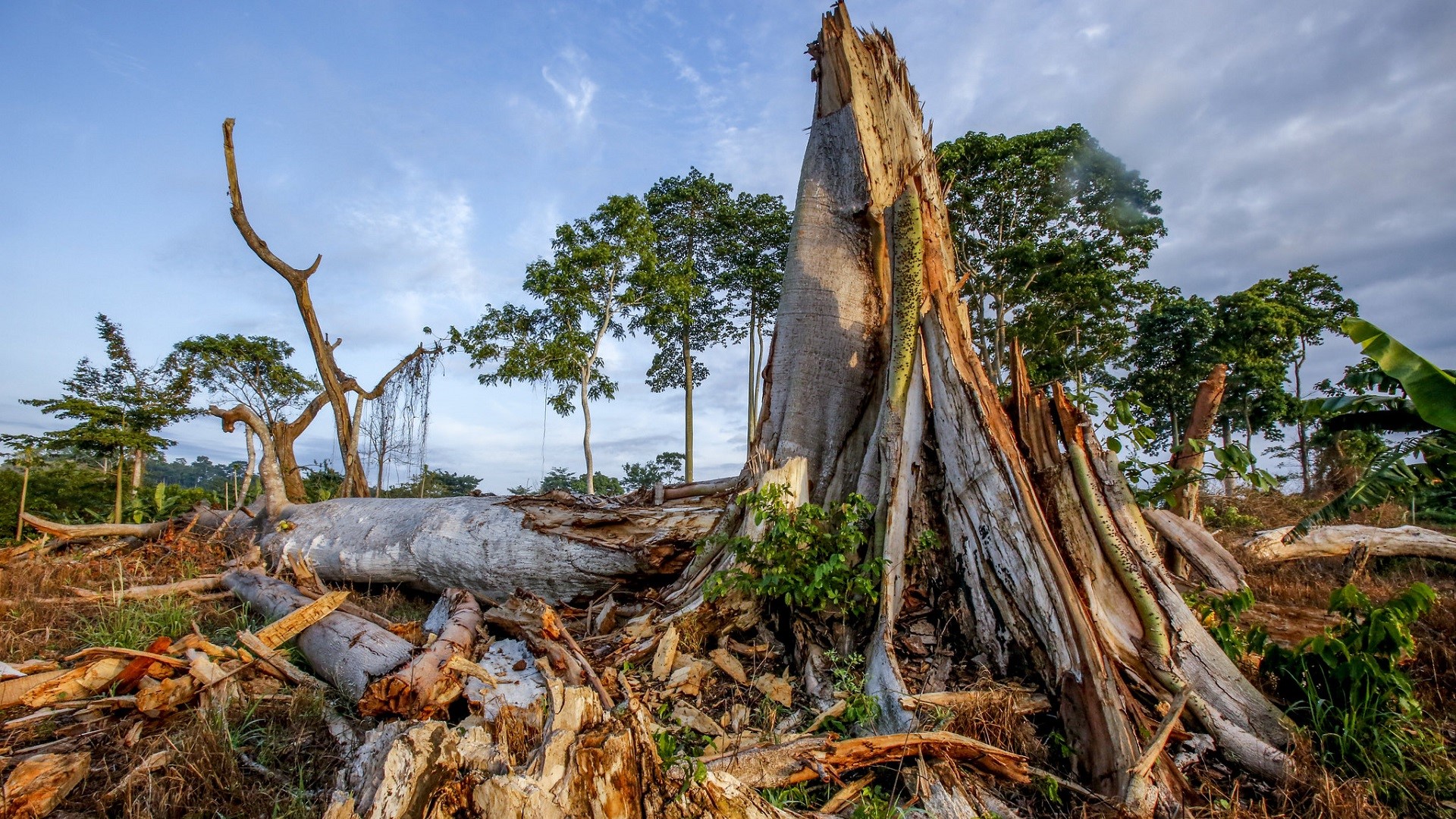
Fair trade is therefore gradually leaving the sphere of social and economic promotion in order to also promote more sustainable forms of agriculture in developing countries. And not without success. “We see that both movements are increasingly converging, both the transition of fair trade to organic farming or agro-ecology, and vice versa”, says Ninon Sirdey. She points to France where “more than 80% of the fair trade references are also certified organic, compared to 63% in 2012. We are seeing a big increase in the number of products with two certifications. Some fair trade labels even require an organic certification first. This phenomenon is related to market demand: people want to see cohesion and increasingly want double certification.”
Agro-ecology, agro-forestry, organic farming…
The responsible agricultural practices that farmers in some fair trade chains apply are sometimes part of organic farming, but are also part of so-called agro-ecology. This includes a whole range of environmentally friendly production practices that are inspired by ecology, agronomy and the agricultural world.
Agro-ecology is an integrated approach based on the principles of diversity (of crops, animals and trees on the level of the plot, the farm and the landscape), recycling and autonomy of external production resources. The goal is to optimise the interactions between plants, animals, people and the environment. This is done by taking into account the social, cultural and political aspects that are conducive to sustainable and fair food systems. Agro-ecology can manifest itself in various different ways depending on the context. Therefore it is not about a unique model or ready-made solutions. So depending on the terrain, geography, exposure etc., each plot will be filled and managed in a different way.
“This explains why it is difficult to measure and quantify agro-ecology and its practitioners”, Ninon Sirdey explains. “In any case, we have to distinguish between agro-ecology as a scientific discipline, agro-ecology as a social movement (which advocates support for small-scale farming) and agro-ecology as a set of agricultural practices.”
“These are practices that have been around for a long time”, she says. “Nobody invented agro-ecology as such. The term is used for a series of agricultural practices that are based on the organic and ecological balance in agro-ecosystems.”
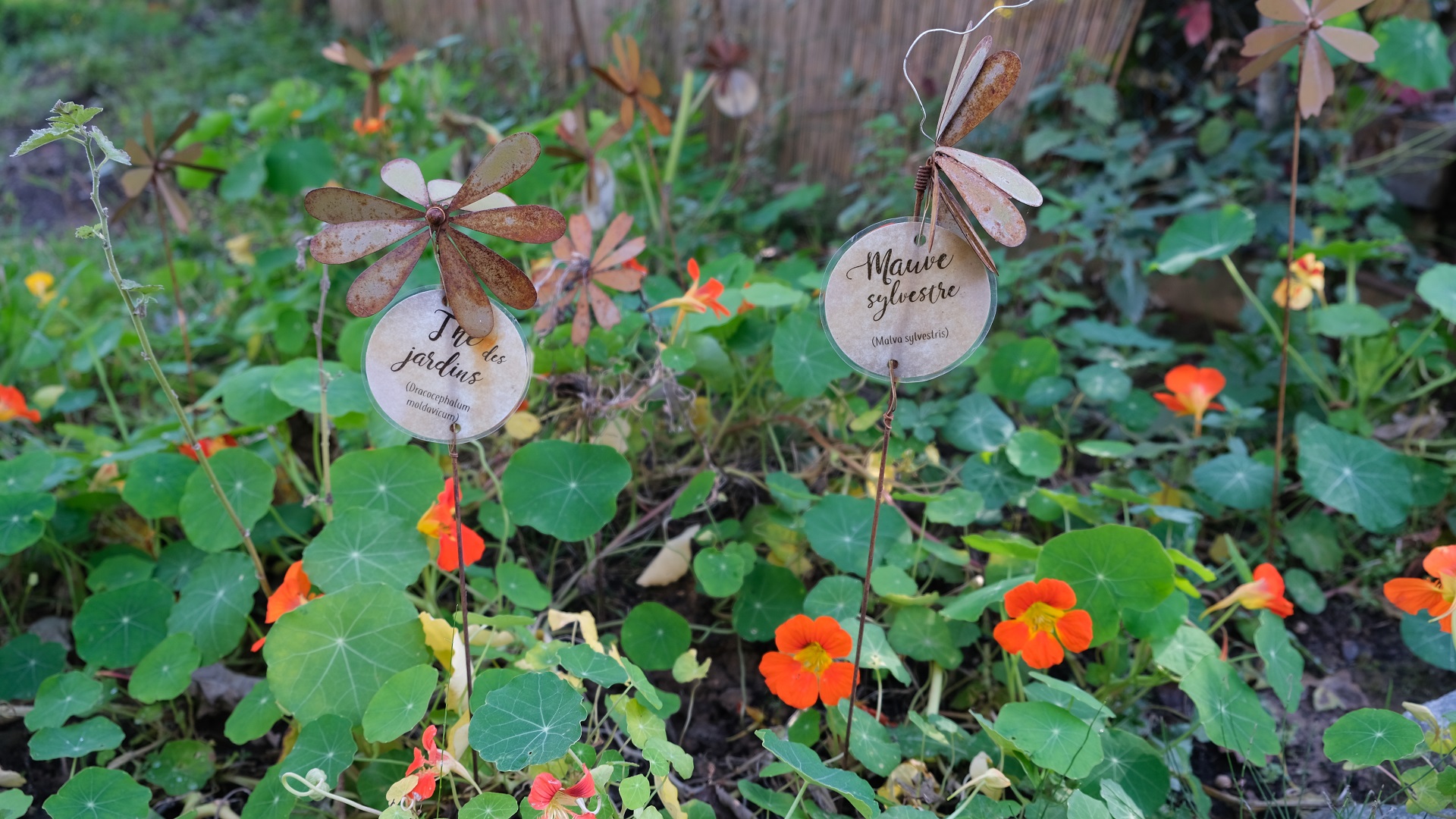
We should therefore not confuse agro-ecology with organic farming. For example, organic farming does not use fertilisers or chemical pesticides, but sometimes it broadly follows the agricultural techniques that are conventional in our regions: open ground crops, intensive tillage, low biodiversity, high mechanisation etc.
Agro-ecology provides a more integrated approach. Here the practitioners want to reproduce the natural ecological mechanisms like the water, nitrogen and carbon cycles. In addition, biodiversity is promoted, crops diversified etc. The goal is to avoid the use of anything other than green fertilisers or – even natural – pesticides as much as possible.
Ninon Sirdey summarises: “Organic farming tends to list prohibited practices but will not necessarily reform the systems used in agriculture. The advocates of agro-ecology, on the other hand, are more likely to promote important principles but without proposing strict, universal specifications.”
These practices are certainly difficult to quantify but must not be neglected. Agro-ecological methods are “more effective than the use of chemical fertilisers in terms of stimulating food production in difficult regions facing extreme hunger”. In addition, they facilitate “adaptation to climate change”. This was stated by Olivier De Schutter, former special UN reporter for Right to Food, in a 2011 report.
Highlights(3) of acro-ecology
- Diversified and complementary crops: for example, large shade trees (bananas), medium-sized trees (coffee, cocoa etc.), shrubs (cardamom) and crop plants (ginger, turmeric, turnip etc.)
- Strong link between agriculture and cattle breeding: transfer of fertility between the two activities.
- Soil, water and fertility management: use of compost, mulching[4] at the base of the trees to maintain moisture levels, terrace cultivation etc.
- Use of old and resistant varieties: resistant to diseases, pests etc.
- Promotion of biodiversity
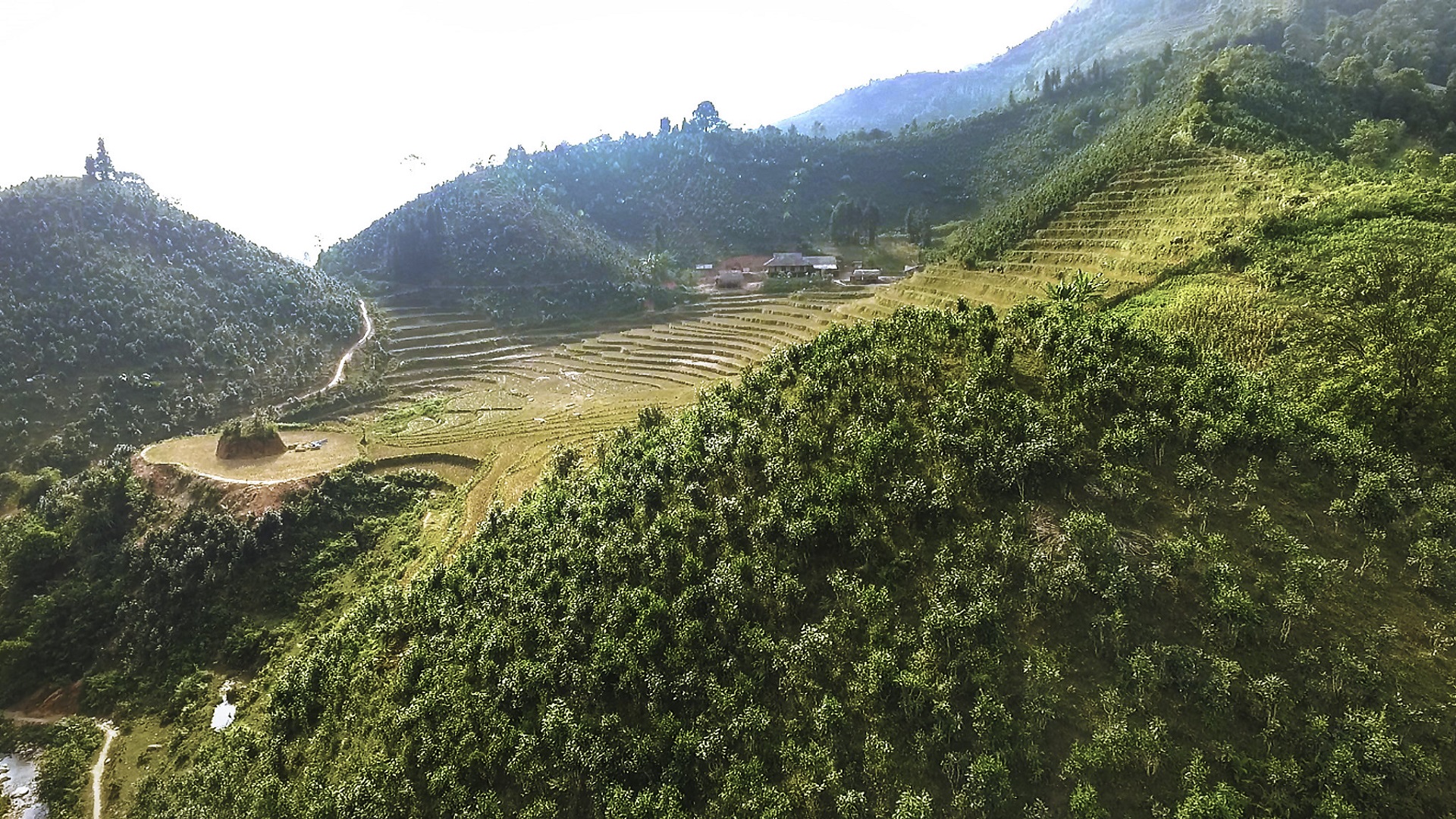
One of the most important agro-ecological practices is agro-forestry, a good illustration of the philosophy behind these types of projects. As the name implies, this method involves the use of trees in the agricultural process. The aim is to take advantage of the complementary nature of trees and crops: shade, soil protection or the preservation of their fertility and moisture.
Plenty of advantages…
As we have seen, agro-ecological practices offer many benefits to producers. Soils are protected (against erosion, solar radiation etc.) and more fertile, and crops are more resistant to disturbances (climate change, pests etc.). The many cultivated varieties provide an economic guarantee and food sovereignty… In short, all these positive points have convinced some producers to switch to agro-ecology. For example, the Société Coopérative Equitable du Bandama (SCEB) and the Coopérative Agricole Yeyasso de Man, in Ivory Coast.
“In 2006, a dozen producers from a large cooperative association who could no longer cope with the extreme poverty they were living in decided to take another approach”, says SCEB director Amon Marc Tanouh. “Through the local NGO Inades-Formation Côte d’Ivoire, they met an agricultural engineer from Ethiquable. This is a French production cooperative that specialises in the sale of organic fair trade products. This convinced them to launch a new project for the production and marketing of organic cocoa.”
The Société Coopérative Equitable du Bandama was eventually founded in 2008 with 34 small producers. SCEB now has 257 members, including 46 women, and aims to have 500 members by 2023. SCEB exported 13.66 tons of cocoa in 2010, up from 200 tons in 2019. In the future, the cooperative wants to become a frontrunner in organic cocoa production and produce 500 to 1,000 tons of cocoa per year.
“In the 2000s, the price per kilo of Ivorian cocoa was at an all-time low, while large-scale deforestation was increasing”, Amon Marc Tanouh recalls. “Producers who got involved wanted to improve their income and at the same time contribute to preserving the environment.”
The solution to meet all these needs? “Organic farming guarantees the health of the producers and agro-ecology protects the environment and protected areas. Fair trade meanwhile guarantees a minimum price for the members of the cooperative. Given all these advantages, the producers have joined the project without any problems.”
“And we can safely say that it changed their lives”, says Amon Marc Tanouh. “Their income has increased by more than 50%, they have been able to send their children to school and take care of them. And they also promote sustainable development.”
« We have planted almost 3,000 trees already »
The Yeyasso cooperative was founded in 2006. “The project was started during the aftermath of the military-political crisis that the Ivory Coast experienced in 2002”, says director Yeo Yessongbanan Moussa. “After that, the producers were left to their own devices. That’s how they came up with the idea of joining forces to sell their agricultural products – coffee and cocoa – using a fair trade framework. They wanted to improve their living conditions so they wanted to be able to market their products more easily and at a better price.”
Since it was founded, Yeyasso has grown significantly. Both the number of members and the cultivated surface area have increased tremendously. In around a decade, the members have gone from 350 to more than 1,600, spread over an area of more than 5,000 hectares. At the same time, Yeyasso wants to make its farming methods more environmentally friendly.
The cooperative employs trainers to teach its members good agricultural practices (GAP), good environmental practices (GEP) and good social practices. In addition, it is gradually introducing more variety to the crops. “We have already planted almost 3,000 trees of different varieties (Fraké, Framiré, Akpi…) at 150 producers who each received an average of 17 seedlings”, says Yeo Yessongbananan Moussa. “There are countless benefits to this project: if we end monoculture, we are less dependent on one single production, it helps restore biodiversity and ultimately generates additional income for producers. The only problem is finding outlets for these new products.”
In the long term, the goal for Yeyasso is to achieve agro-ecology and organic farming. “Agro-ecology is essential for cocoa cultivation. That is why the cooperative focuses producers on agro-forestry in order to partially restore forest cover and promote biodiversity. As for organic farming, they could achieve organic certification by using fewer chemicals. That could give producers a much better income.”
… And some disadvantages
How, then, can it be explained that, despite the benefits of fair trade and agro-ecology, the vast majority of Ivorian producers continue to engage in conventional intensive farming? “I can say it’s because of a lack of political will”, says the SCEB director. “Still, there are more initiatives now, especially as some multinationals encourage these types of projects with certification programmes and premiums”, Amon Marc Tanouh notes.
“It’s also a matter of timing”, says Ninon Sirdey from CIRAD. “Fair trade has been around longer in Latin America, where it originated, than for example in Africa. That certainly plays a role. Many South American farmers grow coffee or cocoa, which are two important fair trade products. They traditionally work small plots with their families and almost all of them practise agro-forestry. So they are already applying agro-ecological practices. Agro-ecology has therefore also originated in Latin America as a social movement. In other regions of the world, such as the Ivory Coast for cocoa, the introduction of agro-ecology is less evident. Yet there are now many projects in Africa, both in agro-ecology and in fair trade.”
Amon Marc Tanouh also points out some drawbacks inherent to organic and agro-ecological production methods. “First and foremost, there are the high costs of the organic input for the producers. In addition, most of the work in organic cocoa production is done manually and there is insufficient workforce to help producers. And finally, it is not possible to produce large quantities like you can on industrial plantations.”
“To get a production system to adopt agro-ecological principles takes time. It’s not something that happens overnight”, Ninon Sirdey admits. “It’s not enough to just stop using pesticides, you have to rethink the whole system. This entails a lot of changes. And the results are not always visible in the short term.” She also points out that fair trade financial instruments are linked to the volume produced. This applies to both the guaranteed minimum price and the collective premium. “In other words, the collective premium is X per kilo sold. That does not immediately stimulate producers to move towards agro-ecology. This transition can in fact lead to a decrease in production, at least in the early years. For example, as long as the soil is not being regenerated or the shade trees are not providing all ecosystem services.”
“There is a lack of awareness-raising and training in Ivory Coast”, Yeo Yessongbanan Moussa adds. “The farmers tend to think that you are a big producer if you have a large area or several plots and that this is how to make a lot of money. But we think we can change things by educating them.”
TDC coaching in Ivory Coast
Another thing that SCEB and Yeyasso have in common is that both cooperatives were able to benefit from coaching set up by the Trade for Development Centre (TDC). TDC is a programme of the Belgian development agency Enabel. It strengthens the management and marketing capacities of micro, small and medium-sized companies and grants financial support.
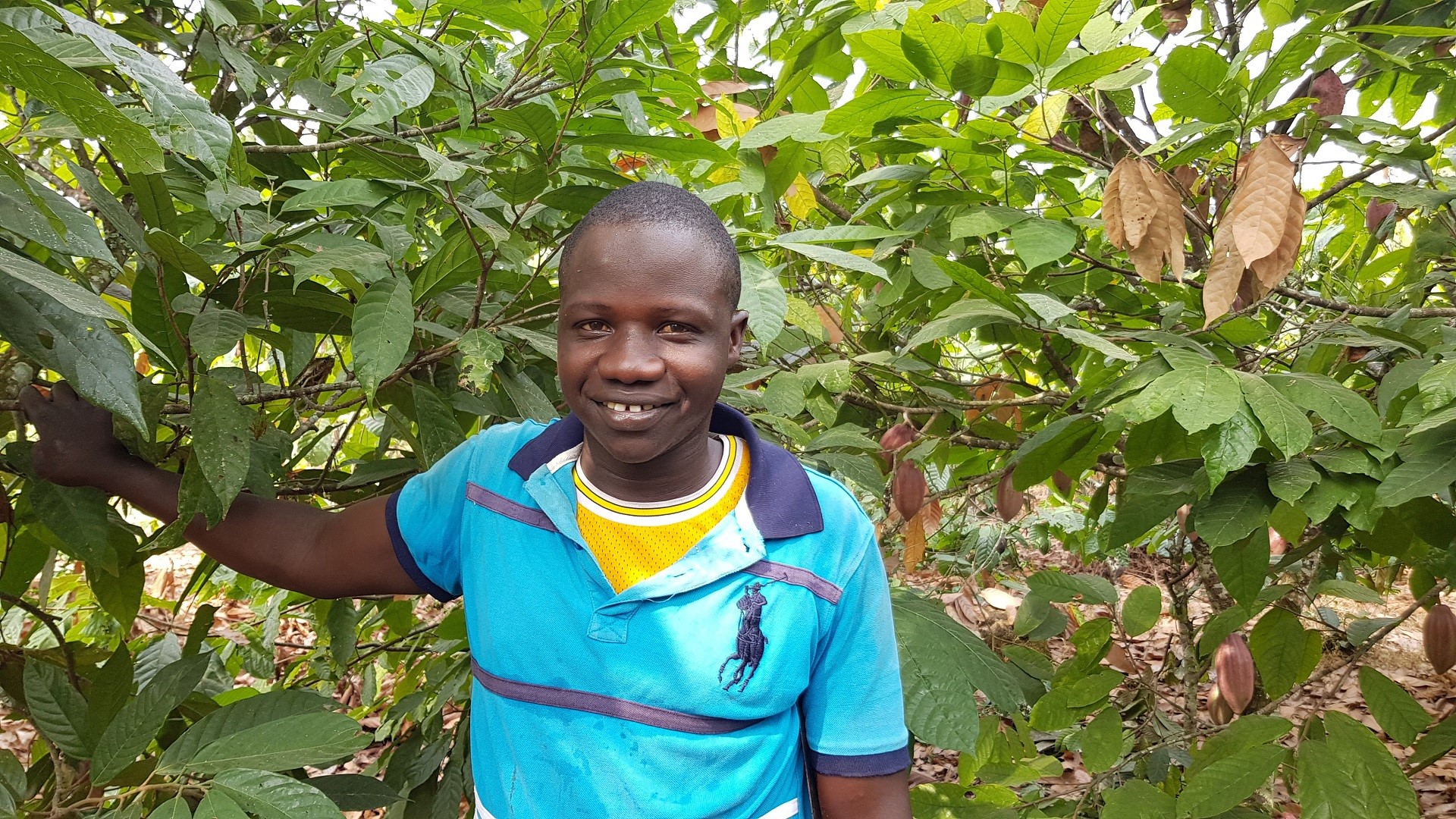
“TDC has been guiding us for two years now. Thanks to TDC’s coaching programme, we have been able to strengthen our technical, administrative and accounting skills”, says Amon Marc Tanouh. “In addition, we now have a better idea about how to enter into technical and commercial partnerships.”
“Thanks to the coaching from TDC, we can continue to professionalise”, says Yeo Yessongbanan Moussa.
TDC wants to offer small producers the opportunity to steer their own development through various training courses. This way they can find solutions, develop strategies, do business and innovate. TDC believes that this is the only path to sustainable growth for micro, small and medium-sized companies.
“With training, we don’t just mean training for farmers”, says the expert from CIRAD. “It is also ‘Train the Trainer’, training the people who in turn train the farmers and who are involved in the development of farming or food systems in general. We need agronomists, agricultural technicians etc. who are also trained in the principles of agro-ecology and organic farming. This is necessary to be able to say goodbye to conventional agro-industrial practices.”
Different but above all complementary
Despite the many obstacles, can we conclude that the future of fair trade lies in agro-ecology? “I think so”, says Ninon Sirdey. “But I think the reverse is also true. The future of both movements is intertwined.”
“Fair trade offers quite favourable conditions for agro-ecological transition”, she says. “For example, the market for organic products does not offer producers a premium in itself. The principle of supply and demand determines prices.” On the other hand, producers in various fair trade sectors (for example, coffee) do receive a premium if they are certified organic. In addition, they benefit from a guaranteed minimum price in the event of a drop in international prices, a development fund and the option of pre-financing the harvests. “Through its economic rule, fair trade can act as leverage to finance agro-ecological transition.”
On the other hand, Ninon Sirdey believes that the organic or agro-ecological agricultural sector can help find new markets for fair trade products. “There are currently many more producers with a fair trade label than there is demand for fair trade products. However, the demand for organic or agro-ecological products is greater than the supply. This applies to the French market where organic products are imported in large quantities, even if they can be produced in France itself. Furthermore, a considerable portion of fair trade products is sold in specialist organic shops.”
The CIRAD researcher summarises as follows: “The two movements are similar in many respects. Especially with regard to their values and their critical attitude towards the agro-industrial system. However, they are different enough to be meaningful in their own right. And so they really complement each other: one focuses on production methods and the other on restoring the balance of power in trade to the advantage of the producers.”
A final example to illustrate the fact that the two movements are likely to work more and more closely together can be seen in Western countries. “Historically, fair trade has mainly been about North-South relations. Today, however, we see more and more fair trade chains or labels emerging at a local level, within the same country. There is an increasing willingness to change the trade links and partnerships between the players”, Ninon Sirdey concludes. It is as if organic farming and now also agro-ecology have paved the way for fair trade to flourish in our regions. It is fair trade that provides organic farming with the necessary means to grow. Unless it is the other way around…
Anthony Planus
[1] Worldbank
[2] https://www.fairtradebelgium.be/eerlijke-handel/belangrijke-fairtrade-themas/milieu/producenten-bevoorrechte-partners-bij-de-bescherming-van-bossen/
[3] https://www.ethiquable.coop/page-dactualites-mag/tout-comprendre-lagro-ecologie-intensive
Photos
1 Agricultural test area – Anderlecht – Copyright: TDC
2 Deforestation in Ivoorkust – Copyright: Mighty Earth
3 Agricultural test area – Anderlecht – Copyright: TDC
4 BacHaTea Vietnam – organic and fairtradetea – Copyright: TDC
5 Yeyasso, cocoa producer – Copyright: coach Dominique Derom for TDC
Read more
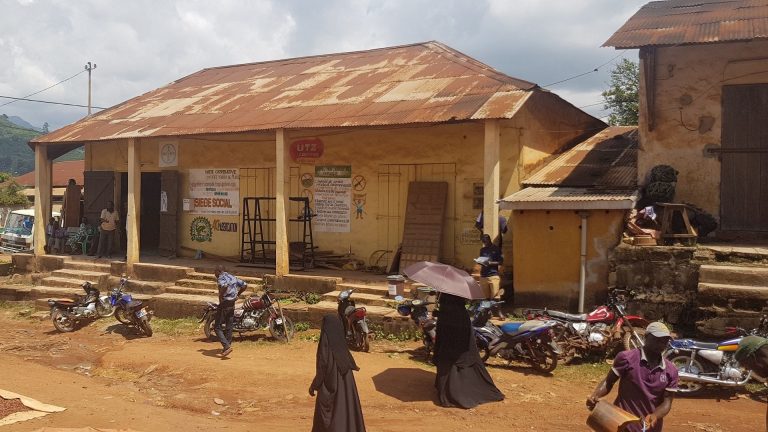
Yeyasso: the small cooperative is now playing in the big league
After two years of coaching with the consultant Dominique Derom, the results are extremely positive for the Yeyasso cooperative. “We have evolved a lot,” confides its director Yeo Yessongbananan Moussa, and, to say the least, it shows!


